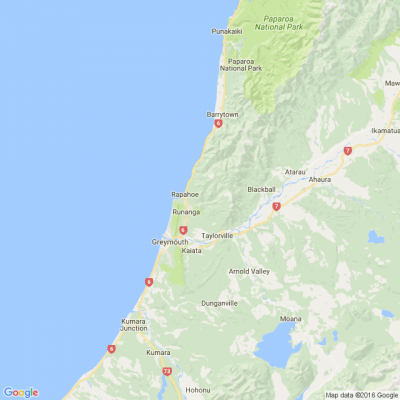
Know what’s happening
Access the private noticeboard for verified neighbours near you. Keep informed about any suspicious activity, send urgent updates to your neighbours when required and discuss emergency planning.
Get to know your neighbours
Browse the directory and start getting to know your neighbours. Don’t want to post to the whole neighbourhood? Send a private message.
Buy, sell and give away
Want to declutter your garage? Buy some used household items? Give away some garden stuff? Become a verified neighbour to browse and post items for sale. Trading is simple when everyone lives nearby.

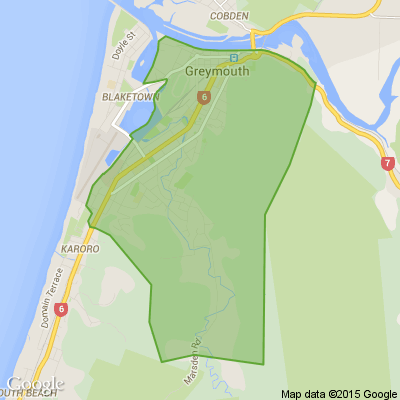

Thank you for using Neighbourly
You may receive an email confirmation for any offer you selected. The associated companies will contact you directly to activate your requests.
The Team from NZ Compare
Get ready for a refreshing summer with our 6 rejuvenating wellness tips!
Whether you're hitting the trails, diving into the waves, or simply chilling at home, these tips are perfect for making the most of your break!

Don't miss out! For only $15 a ticket, you could be in to win this brand-new, fully furnished Jennian home in Pegasus, Christchurch worth nearly one million dollars.
Featuring three bedrooms, two bathrooms and an open plan kitchen, living and dining area, this home is waiting to be lived … View moreDon't miss out! For only $15 a ticket, you could be in to win this brand-new, fully furnished Jennian home in Pegasus, Christchurch worth nearly one million dollars.
Featuring three bedrooms, two bathrooms and an open plan kitchen, living and dining area, this home is waiting to be lived in by its new owners.
Make this property your permanent residence, a holiday home, rent it or even sell it – it could be all yours! Get your tickets today at heartlottery.org.nz.
Buy tickets now
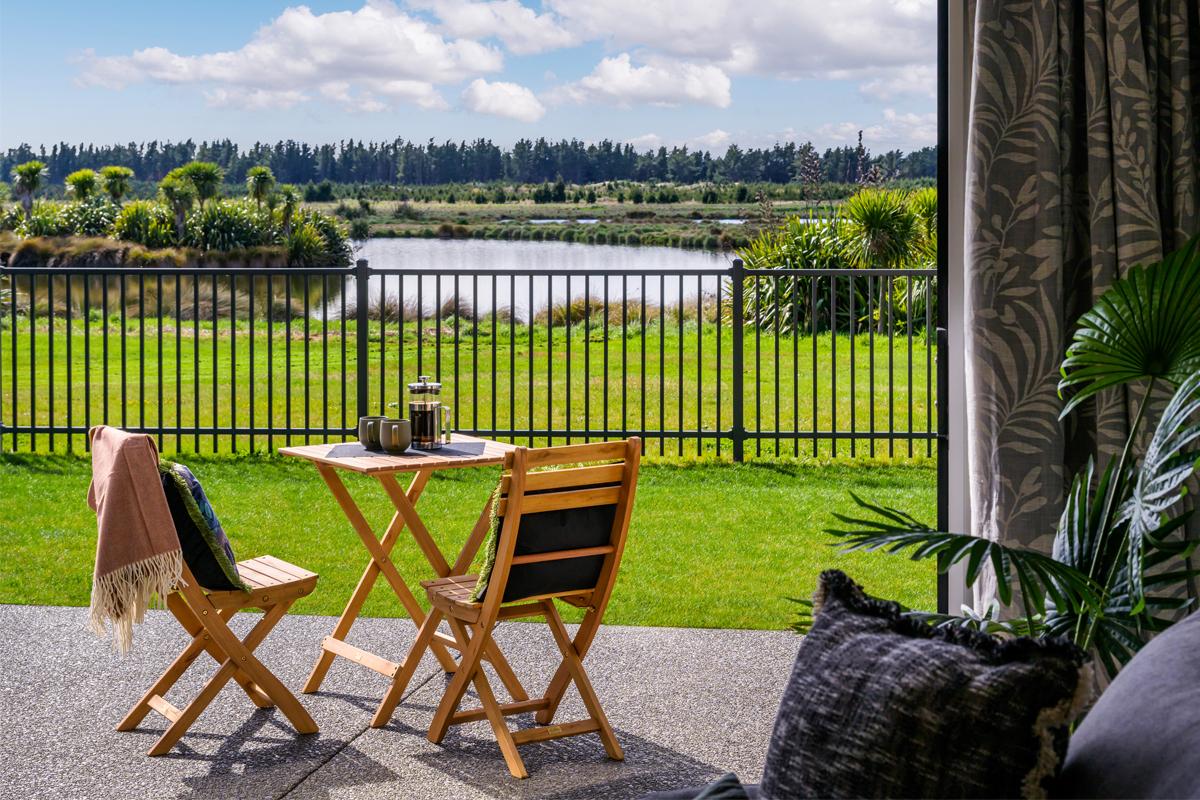
Nicole Mathewson Reporter from The Press
By local democracy reporter Brendon McMahon:
The West Coast Regional Council is reviewing its use of Metservice weather forecasts in its hydrology and emergency planning after what has been dubbed two "over-estimated" rain warnings in the region.
South Westland was put on high alert… View moreBy local democracy reporter Brendon McMahon:
The West Coast Regional Council is reviewing its use of Metservice weather forecasts in its hydrology and emergency planning after what has been dubbed two "over-estimated" rain warnings in the region.
South Westland was put on high alert following a MetService 'red alert' on January 18 to 20, with up to 800mm forecast in the Waiho (Waiau) River catchment at Franz Josef Glacier.
On January 26, it issued another warning of up to 250mm. Local authorities mobilised but neither rain alert eventuated.
West Coast Regional Council chairperson Peter Haddock said this week official forecasts "not matching" reality was a real problem for the region.
The last two forecast events, with consequent warnings, had been "totally wrong" and only succeeded in "scaring the public away".
Haddock called for the regional council and West Coast Civil Defence to use a range of forecasters, "as opposed to MetService".
Westland District Council declared a state of emergency on January 19 based on the red alert warning of up to 800mm falling in 47 hours. It cleared and shut State Highway 6 all the way from Ross to Haast.
The rest of the region north of Hokitika was also subject to an orange alert that weekend, but instead enjoyed balmy weather - after visitors and several events had already cancelled plans.
The January 26 rain warning also came to nothing, but not without sensational headlines, including on RNZ, saying the "already sodden" West Coast was to have another deluge.
Haddock said offers of help poured in from South Island local authorities, and he responded by sending back photos showing the West Coast enjoying sunshine.
A better weather forecast approach to inform the appropriate response from the councils and Civil Defence was needed, he said.
"I believe other government agencies don't [only] use Metservice," Haddock told the council meeting on Monday.
Chief executive Darryl Lew said the Metservice forecasts for the last two events had "overestimated the rain" in South Westland.
"It is due to that, that a lot of regional councils don't just rely on Metservice," Lew said.
He was considering adding Niwa as it had "significantly increased its level of forecasting", noting that DOC now used Niwa in a range of forecasts. That agency also had the benefit of providing corresponding flood modelling.
"I'm leading an internal debrief inside regional council hydrology and Civil Defence. That will endorse Niwa plus Metservice," he said.
Lew, who has a background as a hydrologist, said peak forecasting was "vital" to understand the potential for flooding.
Councillor Andy Campbell, of Harihari, said the 650km-long West Coast had varying weather patterns anyway, in contrast to that represented in forecasts and relayed in the national media.
"A lot of it is localised."
Speaking after the meeting, Haddock said he used a range of weather forecasters himself and discounted predictions by a large percentage of them, finding this was usually more accurate than official forecasts.
What had transpired "was basically a non event" on January 18-19 and again the following weekend.
The Coast deserved better given it is the same distance from Auckland to Wellington - and with businesses and visitors reliant on reputable forecasts.
"It's the reputational damage with people thinking this is an unreliable place," Haddock said.
MetService head of weather communication Lisa Murray said the MetService took its role seriously and strove to give the most accurate and timely forecasts.
This included accessing all leading global weather models to collate a broad view, she said.
For the red and orange alerts on January 18-19 and on January 25-26, MetService worked closely with the regional council, and had a close ongoing relationship.
However, all weather models had "strengths and limitations" - one limitation being the "complex topography" of New Zealand.
"MetService high resolution models make improvements over this limitation, however, as is with the nature of forecasting it is not a perfect science."
MetService had liaised closely with West Coast local authorities, including the regional council's hydrology team, before issuing the red alert, after gleaning local insight on the impact the forecast rain amount "could have".
"As there was good consensus in the weather models, it was agreed that this could result in a significant event.
"Rainfall amounts, over the 47 hours covered by the red warning for Westland, were very similar to the March 2019 West Coast event, which had large impacts on the region including the collapse of the Waiho River bridge, and damage to sections of State Highway 6."
The increased risk to an influx of summer tourists into the district was a prime consideration, Murray said.
GRAPHIC: West Coast Regional Council.
A geographical comparison of the 650km long West Coast region often used by the West Coast Regional Council in official submissions to highlight the challenges in servicing the sparsely populated region (about 32,000).
PICTURE: MetService
Image is the MetService radar rainfall accumulation for the hours the red warning was issued for South Westland. This shows where the radar detected rainfall across the region during the warning period.
With NZ House & Garden you’ll be able to do just that. Flick through the pages to find inspirational and aspirational homes and gardens as well as sumptuous food, carefully curated lifestyle features, and all the latest homeware and shopping trends.
Subscribe to NZ House & Garden and … View moreWith NZ House & Garden you’ll be able to do just that. Flick through the pages to find inspirational and aspirational homes and gardens as well as sumptuous food, carefully curated lifestyle features, and all the latest homeware and shopping trends.
Subscribe to NZ House & Garden and save up to 27% off retail, PLUS subscribe before 25 Feb and you’ll be in the draw to win 1 of 72 Antipodes Culture Probiotic Night Recover Water Cream worth $70! T&Cs apply.
The team at NZ House & Garden
Find out more

Nicole Mathewson Reporter from The Press
By local democracy reporter Brendon McMahon:
A jump in rural doctor trainee numbers on the West Coast is expected to create one of the "largest cohorts of training doctors" in the region this year.
At the same time, the number of rural generalist positions appointed in the region … View moreBy local democracy reporter Brendon McMahon:
A jump in rural doctor trainee numbers on the West Coast is expected to create one of the "largest cohorts of training doctors" in the region this year.
At the same time, the number of rural generalist positions appointed in the region have doubled over the past three years, says Health NZ Te Whatu Ora.
The rural generalist model was launched in 2019 to solve chronic shortages of doctors on the Coast.
Health NZ associate director of operations for the West Coast Philip Wheble said the rural generalist model "is paying dividends" across the region.
"We are investing in the future with the training of our junior medical workforce in rural hospitals and (in 2024) we will have one of the largest cohorts of training doctors we have ever had on the Coast."
There were 14.43 (full-time equivalent) rural generalists, filled by 19 individuals, in November 2023. This was up from 7.15 FTE positions, filled by nine individuals, in June 2020.
In addition, Health NZ had engaged an additional three full-time equivalent GPs (four individuals) and 7.3 full-time equivalent rural generalists (10 individuals) over the past three years, Wheble said.
The total number of full time equivalent Health NZ GPs in the region in June 2020 was 5.71 FTE, filled by seven individuals.
"This increased to a total of 8.63 FTE filled by 11 individuals in November 2023," he said.
"We have also seen an increase in nurse practitioners where we had three FTE filled by three individuals and this has now increased to 4.25 FTE filled by 6 individuals."
There continued to be a few West Coast positions to fill by Health NZ including a couple of GP, rural generalist and psychiatrist roles.
The rural generalist team covers primary care, urgent care, emergency medicine, general medicine, paediatrics, orthopaedics, and obstetrics/gynaecology.
He said bringing in more staff has helped Health NZ West Coast to support primary care as well as creating "more robust" emergency, obstetrics and medicine teams.
The Coast also had in-house specialists - psychiatry, anaesthetics, general surgery plus obstetrics and gynaecology.
Those services were bolstered via Health NZ Canterbury to support local care and tertiary transfers to Christchurch Hospital where needed. In addition, nurse practitioners in primary care had been increased.
"This significant improvement in the permanent staffing within primary care is something that has not occurred for some time on Coast. It also means that our spend on locums has decreased considerably in the last three years," Wheble said.
At the same time, primary care staff numbers in the region should continue to increase, given a greater focus on rural in the national health workforce plan and a commitment on the West Coast to develop its rural generalist workforce, he said.
"In the short term, we will continue managing our staffing challenges, which includes the use of locum doctors and telehealth."
* LDR is local body journalism co-funded by RNZ and NZ On Air.
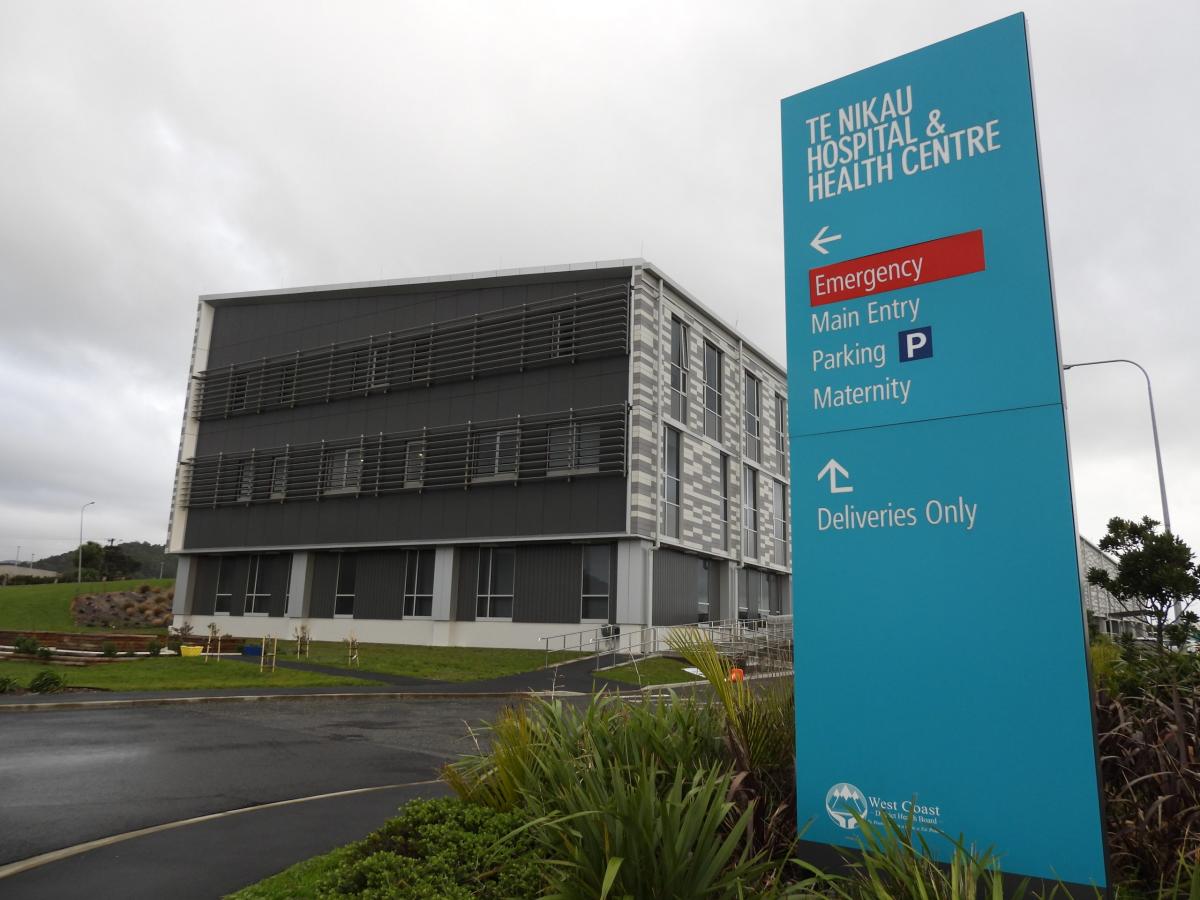
The Team Reporter from NZ Farmer - North Island
Hello everyone, have you read your copy of NZFarmer?
NZFarmer has moved to isuue and all editions will be available there each month including both North and South Island editions. So head over there and follow us on our rural journey.
Sonita
Ernest Rutherford Retirement Village
Ryman Healthcare is pleased to announce it’s been awarded the Wellbeing Tick, a significant milestone marking the company as the first healthcare organisation in New Zealand and Australia to receive this accreditation.
The Wellbeing Tick is a workplace accreditation programme that recognises … View moreRyman Healthcare is pleased to announce it’s been awarded the Wellbeing Tick, a significant milestone marking the company as the first healthcare organisation in New Zealand and Australia to receive this accreditation.
The Wellbeing Tick is a workplace accreditation programme that recognises organisations that commit to the wellbeing of their people and are ready to make systemic changes to the way they operate.
The programme is based on an award-winning and globally researched framework, aiming to set the standard for workplace wellbeing practices in New Zealand and Australia.
Click to read the full story.

The Team from NZ Compare
Welcome to the Year of the Dragon - the symbol of power!
WIN 1 of 3 $50 gift cards in our Lunar New Year contest:
Simply share which month does your household's power bill PEAK and why to WIN! CLICK below to enter!
Let NZ Compare power up your year!
Entry ends on 12/2.

The Team Reporter from NZ Farmer - North Island
Hello everyone hope you are doing great. The January issue of NZFarmer is now out so make sure you grab your copy today. You can also sign up to our fortnightly newsletter: www.stuff.co.nz...
Hope you enjoy reading it.
Sonita
Nicole Mathewson Reporter from The Press
By local democracy reporter Brendon McMahon:
A proposal to introduce blanket 30kph speed restrictions in West Coast villages like Blackball and Moana will be put to the public for their views.
The West Coast Regional Transport Committee has decided to consult on a speed management plan for … View moreBy local democracy reporter Brendon McMahon:
A proposal to introduce blanket 30kph speed restrictions in West Coast villages like Blackball and Moana will be put to the public for their views.
The West Coast Regional Transport Committee has decided to consult on a speed management plan for local roads and school zones in the region, despite a shift in national road safety priorities by the Government.
However the committee decision did come with some lively debate.
Committee chairperson Peter Ewen noted the implications of the change of Government direction were still emerging.
"We're in a state of transition," Ewen said.
In December, Transport Minister Simeon Brown issued a directive to Waka Kotahi and councils around the country to cease blanket speed limit reductions.
West Coast Regional Council acting planning team manager Lillie Sadler said speed revisions for local district council roads and school speed zones were still proposed, excluding the state highway network administered by the NZ Transport Agency.
"Once we've got feedback from the public, that can inform the path forward," she said.
Consultant Matthew Noon said the region's three district road authorities supported a regional speed management plan as the way to go, "not withstanding the changes".
The draft focused on local roads, with a consistent approach across the region, he said.
West Coast Regional Council RTC representative Peter Haddock said the draft had been "a requirement" when formulated but the new Government direction meant they should wait before going forward with it.
"I believe the balance of the speed management plans for other roads should be put on hold before Government comes up with their full policy on it."
Haddock said some of the proposed permanent 30kph zones for Blackball and Moana were bound to be "contentious" particularly where 'variable' speed settings could be more appropriate.
Moana has busy holiday and weekend traffic but it was a town largely "with no-one to be seen" and residents had sought variable speed zones for the busy periods, he said.
Imposing a 30kph zone on the main road into Blackball, for over 1km before reaching the busiest part of the village, was "quite slow".
On the other hand most of the speed zones proposed around West Coast schools "are really good".
Greymouth mayor and RTC representative Tania Gibson said her council was "shocked and horrified" by the report proposing speed limit changes.
"It really came out of the blue for our council - speed limits dropping to 30kph nearly everywhere. I'm pleased to see it's come back in this form and that they've actually listened," Gibson said of the draft.
However, she foresaw "pushback" and Blackball tended to be "very vocal".
Gibson said her chief concern was how the public would be consulted; she wanted the draft to go back to her council first before going to the public.
Grey District Council acting transport manager Paddy Blanchfield said the draft Moana 30kph speed zone reflected community feedback to cover the whole village with the proposed zone.
"That was a request from the community, and that was something they were comfortable with. We haven't had a lot of kickback - it was more of a request."
Westland District Council RTC representative councillor Riley Burden said his council had also been shocked at the 30kph speed zones.
However, he noted two areas not in the draft which ordinarily had a low speed zone: Grimmond Ave in Ross through the Ross Domain, and the waterfront at Lake Kaniere.
* LDR is local authority journalism co-funded by RNZ and NZ On Air.
Nicole Mathewson Reporter from The Press
By local democracy reporter Brendon McMahon:
Family baches on West Coast conservation land will be able to remain - for now - after fears they would be pushed out.
The win for the owners, who have in some cases owned the baches for generations, follows negotiations with the Department of … View moreBy local democracy reporter Brendon McMahon:
Family baches on West Coast conservation land will be able to remain - for now - after fears they would be pushed out.
The win for the owners, who have in some cases owned the baches for generations, follows negotiations with the Department of Conservation (DOC).
In early 2023, the ongoing use of family baches on conservation land was deemed "a privilege, not a right" by the department.
The comment was made after fears were raised about the future tenure of West Coast baches on conservation land at a West Coast Conservation Board meeting.
Poerua River bach owner and Greymouth lawyer Colin Smith said on January 10 "a significant group" of West Coast bach owners, who mobilised in 2023, had reached a solution with the department.
It meant the concessions for bach owners would continue as they were, pending a review of the West Coast Conservation Management Strategy (CMS) in the next year.
"It's been a successful outcome for bach owners but it's only the first step in an ongoing process," Smith said.
The dialogue with DoC had been amicable and "successful", he said.
"It was more an issue of interpretation … We consider the submissions made on our behalf by our barrister helped clarify the relevant policies.
"We look forward to continue to working with the DoC in terms of this matter."
At a West Coast Conservation Board meeting in February, board members questioned a change by the department to the tenure of traditional family-owned baches, particularly in South Westland.
DOC Western South Island operations director Mark Davies denied undue pressure was being placed on bach owners.
However, he said a draft proposal "had been shared" with those affected as concessions were due for renewal.
Davies reiterated concessions for baches on conservation land was "a privilege, not a right".
At the time, Ngāi Tahu board representative and Harihari farmer Rob Wilson said the department should take a conciliatory approach to bach owners "instead of bullying", after agitated bach owners approached him.
Concerns included owners having to show occupancy for 100 days a year, and baches being made available to members of the public in the future under the new concession terms.
Smith estimated about 60 baches across the region are potentially affected going forward.
Many are on pockets of stewardship land or other historic reserve land handed over when DOC was formed in 1987 out of the former NZ Forest Service.
Typically the baches are in the lower reaches of rivers or streams near the coast and used seasonally for hunting or whitebaiting.
Smith said the issue was also a national one as it affected any holder of a concession for a bach on conservation land.
Smith said the West Coast group of bach owners foresaw a good working relationship with DOC going forward to ensure the traditional basis of tenure could continue.
"This is not an adversorial process … this is a case of trying to work with the DoC to find a resolution.
"We're not here to attack the department. We want to, and look forward, to working with the department."
As a result, the bach concession terms would remain the same for the foreseeable future.
"We have a review of the CMS coming up and we envisage we will need to ensure that the current terms relating to baches on conservation land under the current CMS continue under any new CMS document."
Davies said on January 15 "the reconsideration process" for three baches on public conservation land - one at the Waita River, one up the Arawhata River and the other at Kwitchatown - was completed in July 2023.
The department had relicensed the baches for a term of 10 years, he said.
Davies did not comment further on the broader tenure issue for other bach owners.
Local Democracy Reporting is local body journalism co-funded by RNZ and NZ On Air.
For only $15 a ticket, you could be in to win this brand-new, fully furnished Jennian home in Pegasus, Christchurch, worth nearly $1 million.
Featuring three bedrooms, two bathrooms and an open plan kitchen, living and dining area, this home is waiting to be lived in and loved by its new … View moreFor only $15 a ticket, you could be in to win this brand-new, fully furnished Jennian home in Pegasus, Christchurch, worth nearly $1 million.
Featuring three bedrooms, two bathrooms and an open plan kitchen, living and dining area, this home is waiting to be lived in and loved by its new owners.
Make this property your permanent residence, a holiday home, rent it or even sell it – it could be all yours! Get your tickets today.
Buy tickets now
Nicole Mathewson Reporter from The Press
By local democracy reporter Brendon McMahon:
The West Coast Regional Council rates mess has reared its head again with the council admitting an "administration error" caused some ratepayers to be charged twice through direct debit.
Council's Risk and Audit Committee chairperson… View moreBy local democracy reporter Brendon McMahon:
The West Coast Regional Council rates mess has reared its head again with the council admitting an "administration error" caused some ratepayers to be charged twice through direct debit.
Council's Risk and Audit Committee chairperson Frank Dooley said front line staff have been wearing the outcome of a poor system, which reflected years of under investment because of a fear of "putting the rates up".
The latest blunder comes after council overcharged some West Coast ratepayers last year, forcing officials to reissue invoices in December.
Invoices for 2023-24, from December 12, should show exactly what people owed for their second installment, Dooley said.
Ratepayers have been contacting the Local Democracy Reporting and posting to social media after their rates direct debits were double dipped - and sometimes for variable amounts.
"Incomprehensible" invoices, some with charges dated as 2022-23 instead of 2023-24, have also been pointed out.
Council chief executive Darryl Lew said the direct debit mistake reflected ongoing issues with council's rates accounting system.
"We acknowledge the administration error that resulted in duplicate payments, those individuals affected have been reimbursed within 24 hours," he said.
Council had also responded "to a small number" of ratepayers concerned at their accounts, and having "difficulty understanding the invoices".
"We appreciate this is a complex matter for many ratepayers and rates direct debits are calculated on an individual basis, taking into consideration many factors including rating district levies and the ratepayer's current account balances."
Lew said the direct debits have been recalculated to reflect the difference between the previous rates payments and the new calculation for the rating period.
"Those affected ratepayers will be notified in due course," he said.
In the first problem to arise, as the 2023-24 invoices arrived, ratepayers in special rating districts like Greymouth and at Harihari were shocked to find huge rates increases of up to 300%.
The final due date was January 20, after two previous payment extensions.
However, ratepayers were encouraged late last year to still pay their first incorrect installment, with the assurance this would be balanced out with the second installment.
Lew was also asked why the refreshed 2023-24 rates invoices sent out on December 12 still had 2022-23 quoted at the bottom.
Dooley, an accountant, said the new invoices sent out should have said 2023-24.
The invoice system problem reflected wider issues affecting council administration due to under investment, he said.
Dooley said they are waiting a final report from Price Waterhouse Cooper, commissioned by council late last year, to investigate the rates system.
"We need to improve that system but without seeing the PWC report, I can't make further comment."
Council rates staff have been "inundated" over the issue.
"There was a system break down and that shouldn't have been the case. Councils need to make sure the systems are right.
"Why haven't we got an annual report? Exactly the same problem: we haven't invested in systems and we haven't invested in people," he said.
"The lack of investment over a number of years is coming back to bite us and we have got to change that."
Is the summer heat putting you off painting your house or a building in a darker colour? With Resene CoolColour you can enjoy a cooler finish when it's unbearably hot outside!
Planning to use a dark coloured paint or wood stain on your home?
Choose a Resene CoolColour finish that will… View moreIs the summer heat putting you off painting your house or a building in a darker colour? With Resene CoolColour you can enjoy a cooler finish when it's unbearably hot outside!
Planning to use a dark coloured paint or wood stain on your home?
Choose a Resene CoolColour finish that will help reflect more heat and keep your place cooler.
Available in a wide range of colours and products from your local Resene ColorShop.
Find out more

Nicole Mathewson Reporter from The Press
By local democracy reporter Brendon McMahon:
A community trust to take over the closed aged-care facilities at Reefton is off the cards for now.
But the Reefton Health Action Group remains focused on pushing for the reopening of the aged-care wing of the town's former hospital.
The … View moreBy local democracy reporter Brendon McMahon:
A community trust to take over the closed aged-care facilities at Reefton is off the cards for now.
But the Reefton Health Action Group remains focused on pushing for the reopening of the aged-care wing of the town's former hospital.
The idea was floated initially at a meeting called by the Reefton Health Action Group (RAG) in December over the closure of Ziman House aged-care wing of the former Reefton Hospital - renamed Reefton Health in March 2022.
The former West Coast DHB closed the aged-care wing in March 2022 explaining it was a Covid management measure - although it later emerged Ziman had also been operating without the requisite number of registered nurses on site.
Ziman is yet to reopen with some staff in Reefton remaining on full pay.
The facility has been renovated and maintained ahead of the promised reopening.
Health NZ announced last month it intended to operate a day-based activity programme at the site from January for people being cared for at home, in lieu of Ziman not being able to reopen yet.
However, Health NZ confirmed this week the day programme has not yet started.
RAG spokesperson Helen Bollinger said a trust model was not the group's first preference for the reopening of Ziman.
"Most of the people are not keen. We would like the hospital people (Health NZ) to do their job and administer what was before," Bollinger said.
The trust idea had initially been explored to gain some traction with Health NZ, "thinking it was one way of speeding things up," she said.
"We wouldn't dismiss it altogether, but it's a huge undertaking."
The idea of a trust only applied to Ziman, not the wider primary care services such as the GP provided from the same site by Health NZ.
Bollinger said the RAG December 8 meeting heard from representatives of Westport's O'Conor Home Trust on the complexities of running aged care services under a trust model.
This included the challenge in recruiting registered nurses, which Te Whatu Ora repeated in December when explaining why Ziman House remained closed.
Bollinger said from what they heard standing up a similar trust in Reefton would be a huge undertaking.
"It's fraught."
Meanwhile, a RAG meeting this week was to discuss the next move in pushing for Ziman House to reopen, she said.
She said the agenda may include the existing Inangahua Wheelchair Van in the town to see how it might be supported by RAG under a new model.
"It could be possibly used to pick up people to bring people into this so-called activity programme."
However, the group was holding onto Ziman being reopened fully.
"We don't want an activity thing anyway; we want the hospital."
In December, Health NZ West Coast associate director of operations Phil Wheble said there were no plans to cede its Reefton medical centre to a private provider or trust.
However, a Health NZ spokesperson said this week they were open to handing over Ziman to the community.
"We are happy to engage with RHAG or any other interested party regarding the establishment of a trust to run the aged care facility if this is what is being proposed," Health NZ said.
Regarding the promised day activity programme at Ziman, Wheble said in a statement they were still working on it.
"We are working with our staff and union partners and once the workforce is confirmed we will be able to provide a new start date for the day activity programme," he said on January 24.
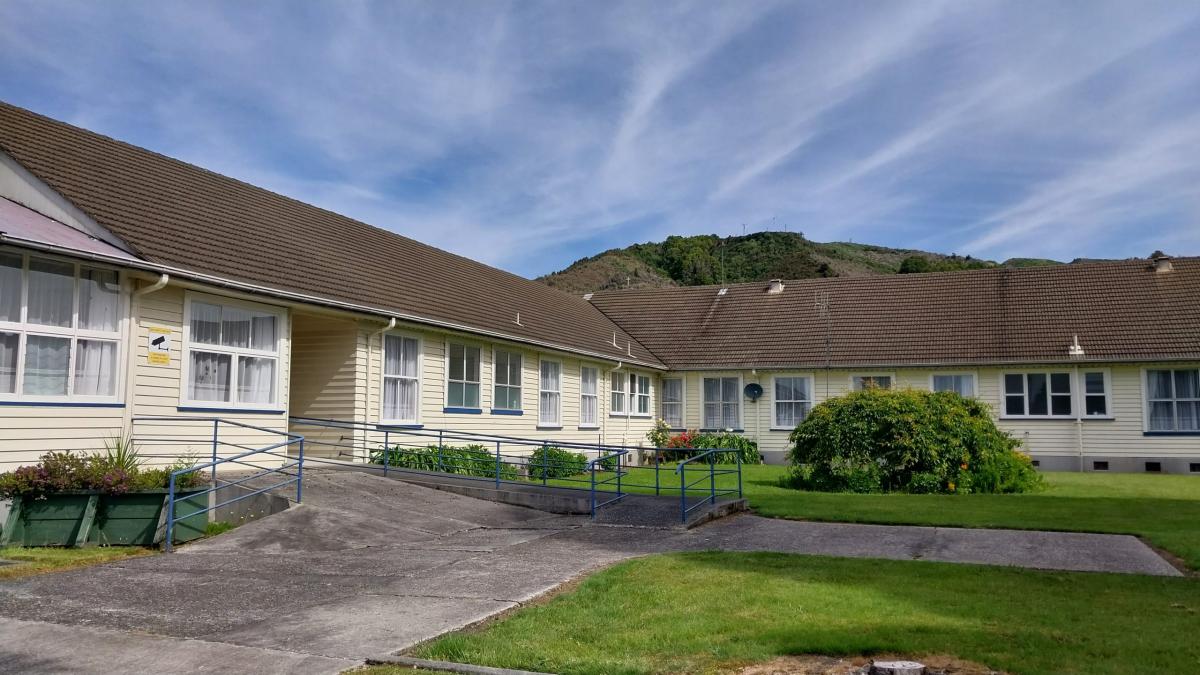
 Loading…
Loading…
Are you sure? Deleting this message permanently removes it from the Neighbourly website.
 Loading…
Loading…
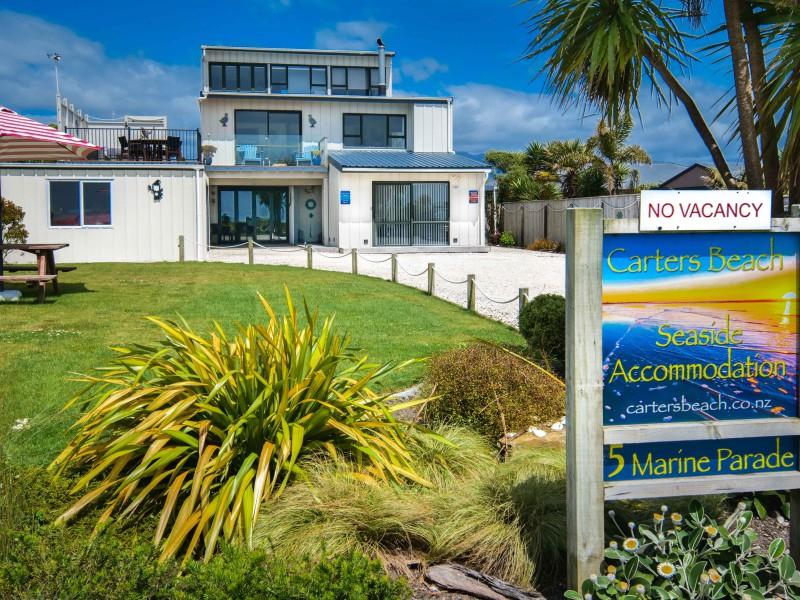
 Buyers $1,100,000+
Buyers $1,100,000+



 Marketed by Glenys Elley
Marketed by Glenys Elley
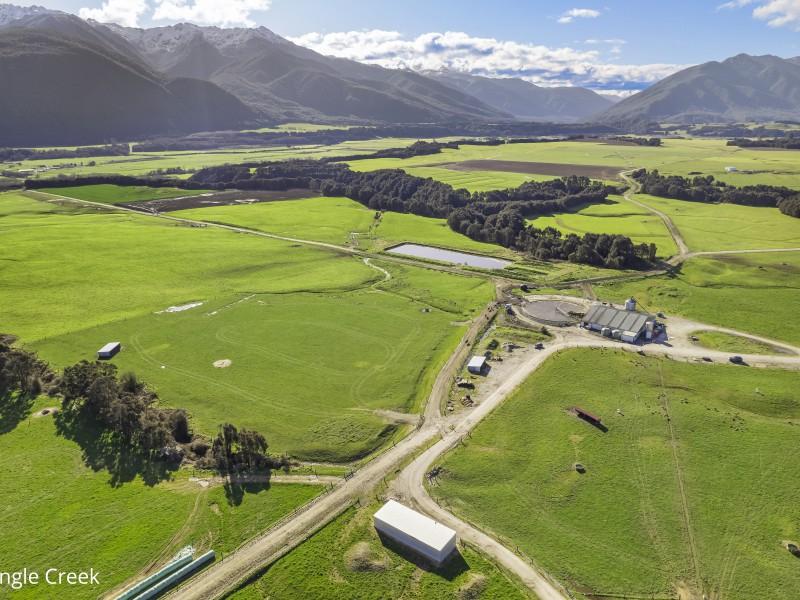
 Tender
Tender

 Marketed by Gareth Cox
Marketed by Gareth Cox

 By Negotiation
By Negotiation



 Marketed by Levi Maskill
Marketed by Levi Maskill

 Buyers $1,500,000+
Buyers $1,500,000+

 Marketed by Michael Richardson
Marketed by Michael Richardson
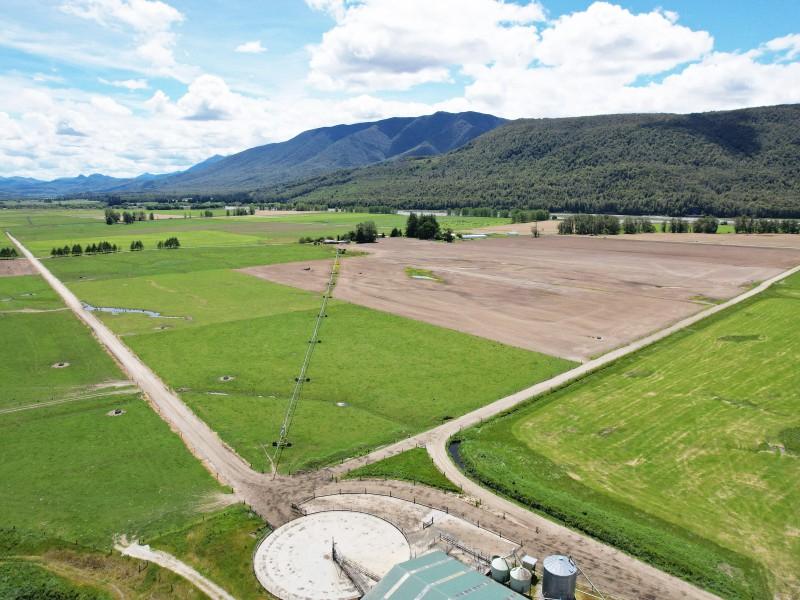
 Tender
Tender

 Marketed by Gareth Cox
Marketed by Gareth Cox
© Neighbourly 2025
